Le Drapeau à la fenêtre, 1942 (The Flag in the window)
signed and dated lower right
oil on cardboard panel
41 x 32,8 cm
framed 62 x 54 cm
This magnificent painting is highly characteristic of Marc Mouclier's original, personal style. The influence of his friend Edouard Vuillard is perceptible in the framing and brushstrokes, but the magnificent play of colours is entirely his own. Mouclier's fiery and profoundly modern temperament is fully apparent.
Another element is the date of the painting, 1942, which is obviously very important: at that time, France was occupied by the Germans and the country was on its knees. It is clearly a meditation on these difficult times.
The paradox is that this painting is full of joy and light, and the symbol of the window opening onto the sunny garden is a sign of hope for better days ahead.
The artist has used his talent for composition and vivid colours to create a work of undeniable modernity.
Marc Marie Georges Mouclier was born in Aigre, Charente on 19 January 1866. He was the son of a notary who lived in the town. After a spell at the Académie Julian, he was admitted to the Beaux-Arts in Paris in 1887, where he studied under Gustave Boulanger, Jules Lefebvre and Luc-Olivier Merson. He exhibited a portrait of his father at the Salon des Artistes Français for the first time in 1889, and returned the following year with a portrait entitled Le Gardien de l'École des Beaux-Arts, which showed a man disfigured after a fall, and caused a minor scandal: he could no longer exhibit his work there. He unsuccessfully entered the Prix de Rome competition in 1892, presented by Jean-André Rixens. At the end of the nineteenth century, Mouclier is said to have stayed in a chalet in Villejésus, where all his artist friends used to visit him.
From 1893 onwards, he exhibited at Le Barc de Boutteville, as part of the 5th exhibition of Impressionist and Symbolist painters; he was again included in the 9th exhibition, for which he designed the poster. He made friends with Édouard Vuillard, Pierre Bonnard, Ker-Xavier Roussel, Louis Valtat and Maurice Denis. It was also at this Paris gallery that he met Alfred Jarry.
Mouclier began to provide illustrations for periodicals such as Le Rire, worked for a while on promoting Félix Marot, a local politician and owner of Journal de Ruffec (1897), and above all became a fellow traveller of Georges Bans, founder of La Critique in March 1895, a magazine illustrated with artistic lithographs and featuring the poet Alcanter de Brahm. Meanwhile, he began a major series of etchings (woodcuts, etchings, drypoints) and lithographic drawings. In 1895, Émile Straus, known as ‘Papyrus’ (1865-1939), published Mouclier's first prints illustrating Schiller's Das lied von der Glocke. At the beginning of 1896, he exhibited two of them at Siegfried Bing's, as well as some stained glass designs. He went on to contribute to the Revue blanche before launching his own periodical, L'Omnibus de Corinthe, an illustrated vehicle for general ideas, the following October, featuring Bans, Édouard Couturier, Désiré Fortoul, Ibels, Jarry, Paul Redonnel, Straus, Valtat, Willy and Jossot. In 1903, he published a suite of 25 drypoints entitled Le Génie des poètes français with Auguste Blaizot.
Mouclier then withdrew from the illustration market and devoted himself to his painting. He exhibited at the Salon des Indépendants between 1903 and 1905, then moved back to Charente to live with his family, before settling permanently in Viroflay. At the end of 1930, he returned to the Salon des Indépendants after a twenty-year absence, having devoted himself to a career as a decorator. In 1937-1938, two major Parisian exhibitions at the Galerie Le Niveau showed the breadth and variety of his art, which was considered singular and fairly avant-garde.
Destitute and forgotten, Marc Mouclier died on 22 February 1947 in the 14th arrondissement of Paris.





















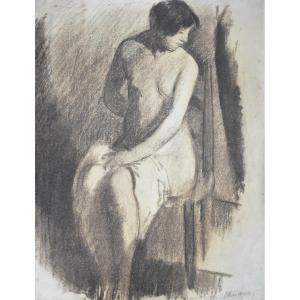



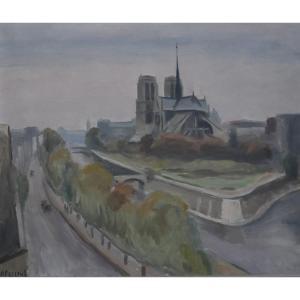
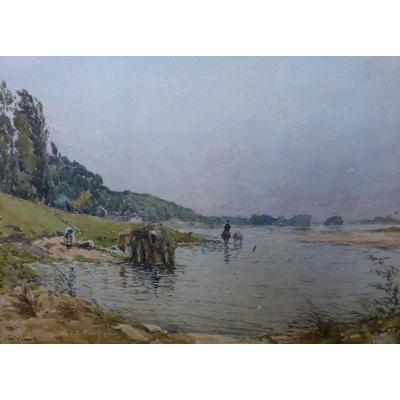
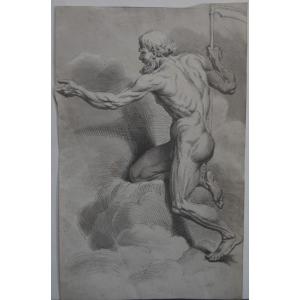




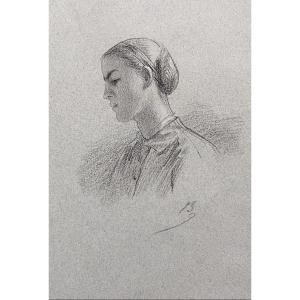

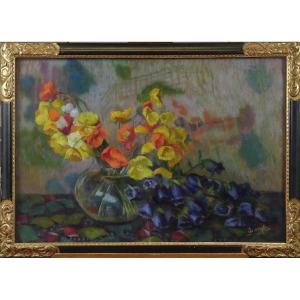


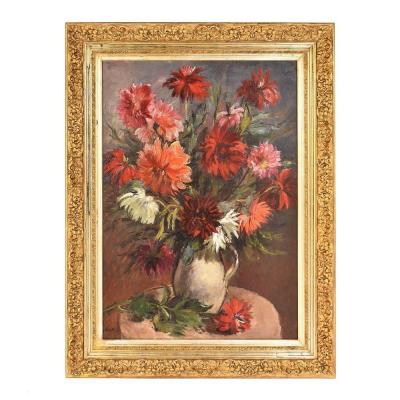




 Le Magazine de PROANTIC
Le Magazine de PROANTIC TRÉSORS Magazine
TRÉSORS Magazine Rivista Artiquariato
Rivista Artiquariato